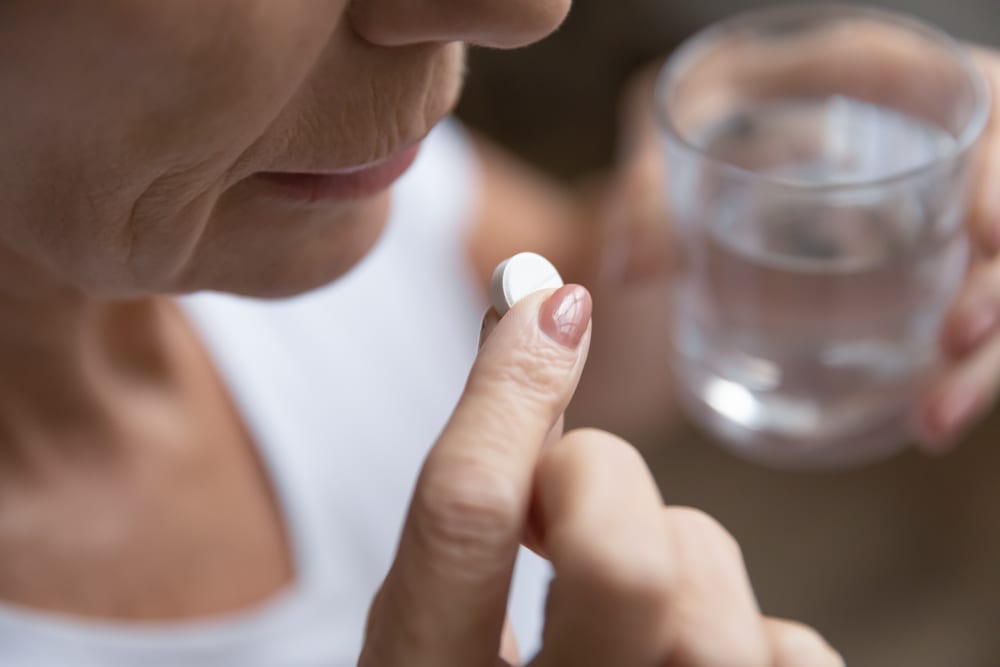Medicare Part D is defined as coverage for prescription drugs. Medicare Part D is broken down into four periods: deductible period, initial coverage period, coverage gap, and catastrophic coverage. Catastrophic coverage in Medicare Part D is the fourth and final period in the four periods of Medicare Part D.
Knowing about these four periods are important when enrolled in Part D coverage.
Deductible Period
You are responsible for the full negotiated price of your prescription medication until you reach your deductible. For 2021, no plan’s deductible can be higher than $445, and some plans have no deductible at all. Deductibles may vary from plan to plan, so be sure to check your plan’s drug coverage to discover your deductible. You can contact Cornerstone Senior Advisors for help learning more about your deductible.
Initial Coverage Period
Now that your deductible has been met, you enter into the Initial Coverage Period, which is where Part D helps pay for your prescription drugs, and you will be responsible for a copay or coinsurance. Depending on the way your plan is structured, as well as the cost of your prescription drugs, determines how long you stay in the initial coverage period. In 2021, MOST plans’ initial coverage period ends once you have spent $4,130 in total drug costs.
*It is important to note that total drug costs include the total amount that you and your insurance have spent on your prescription medications.
Coverage Gap
Once you reach your total drug costs (typically $4,130 for most plans), you fall into the coverage gap, also referred to as the donut hole. In 2020, the donut hole closed for all Medicare enrollees, which means that when you enter the coverage gap you are only responsible for 25% of your prescription medications. In previous years, the percentage was considerably higher.
While the donut hole is officially closed, you will probably still see a difference between the price of your medication during your initial coverage period and your coverage gap period. In order to get out of this donut hole, you must reach $6,550 in out-of-pocket costs for prescription medications that are covered, as well as a few other costs. This is when you enter into the catastrophic coverage period.
Catastrophic Coverage
Every Medicare Part D plan requires you to reach $6,550 in out-of-pocket costs for covered prescription drugs in order to enter into catastrophic coverage. This out-of-pocket cost consists of what you paid for covered drugs, as well as what others paid. After you reach this $6,550 and exit the donut hole, then your prescription medication cost drops. Once you enter into this catastrophic coverage, your prescription medication copays and coinsurance decrease immensely. When you enter into catastrophic coverage, prescription medications cost $3.70 for generic medications and $9.20 for brand-name drugs, or 5% of the total drug cost, whichever is higher.
Want To Learn More About Part D?
If you need prescription drug coverage but aren’t sure where to start, Cornerstone Senior Advisors can help! We know all the ins and outs of Medicare and will make sure you get the coverage you need.
For more information about Medicare Part D prescription drug plans, give us a call today.

